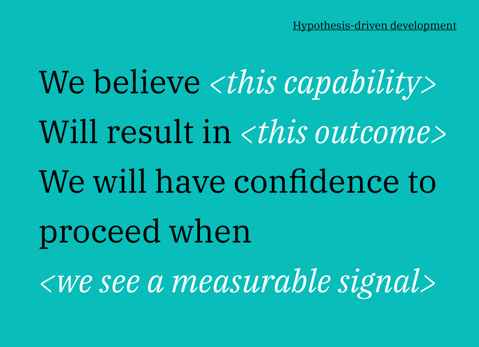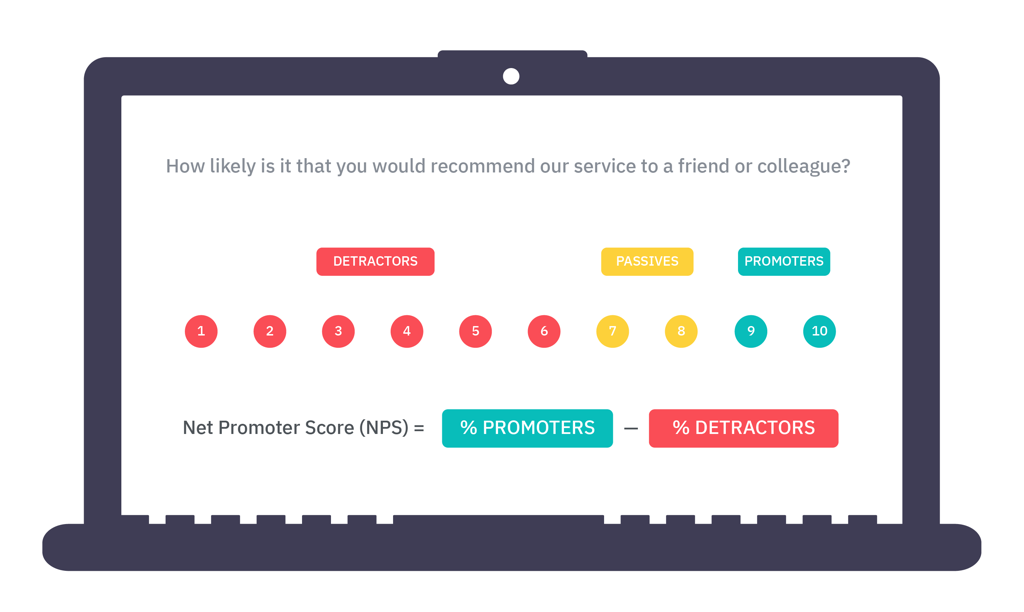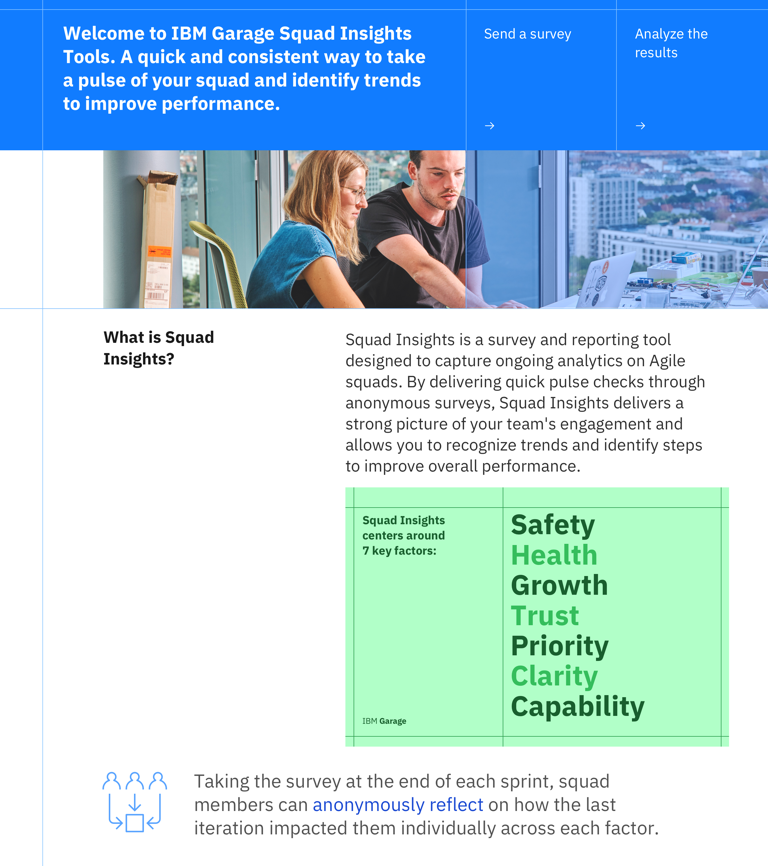V.O.T.E. is an acronym for four measures of the Garages performance: Velocity, Outcomes, Technical/Administrative Debt, & Employee experience.
Primary outcomes of
IBM Garage
There are 3 primary outcomes of IBM Garage…
The main way to understand and measure the value your IBM Garage provides is through ongoing framing conversations with your client. As preparation for those conversations, first consider the value propositions typically associated with IBM Garage.

Business results
A primary goal of Garage is faster value delivery. Garage is about hypothesis-driven development, and our hypotheses should be measurable and have demonstrative value. Common business outputs to measure for enterprise software products are bucketed into three categories: making money, saving money, or reducing risk.
Making money metrics
Might include things like the increase in sales generated through a new digital experience, or the increase in production output through the application of new technology.
Saving money metrics
Might include time saved by employees using a new tool, or reduced overhead cost afforded by an intelligent workflow, or reduction in employee turnover leading to greater effectiveness and less training and hiring costs.
Reducing risk metrics
Can encompass both making and saving money. They might include reduced risk of regulatory failure, saving money in the long-term by avoiding a potential outcome, or reduced risk of going to market with a poorly conceived product, both saving money in rework costs, and potentially making money when the new product hits the market.

Customer satisfaction surveys
Many companies also measure metrics around customer satisfaction, often using a Net Promoter Score (NPS) or online surveys to gauge customer’s experience with their products. These metrics have tangible connections to making money (i.e., outcompeting competitors through better experience, leading to more revenue), or saving money (i.e., adoption of internal tools by users, leading to improved efficiency with new enterprise software). Connecting these metrics to revenue impacts or increased user adoption is not always easy, but it is a common and important challenge for Garages to tackle.
Delivery performance
Garage teams also provide value through improved productivity fueled by faster velocity, higher quality, and less rework. Squads leveraging the Garage method also gain predictability — the knowledge that they can reliably deliver working solutions at an agile pace. These metrics are largely quantifiable; they allow your Garage to show value by delivering products to market faster and at a lower cost than traditional organizations using waterfall techniques. Technology solutions ranging from spreadsheets to project management solutions such as Jira and Trello can easily help you track your project velocity and time to launch.
Delivery metrics are vital, and are a great way to show that your Garage is working harder and more efficiently than the alternatives available to your clients. Make sure to connect delivery metrics to business results. Faster delivery should mean you’ve saved your clients money over an alternate option, and should improve the overall return on investment for your project.
Team and organizational health
IBM Garage and Agile working can induce positive cultural change by prioritizing people, teams, and collaboration. As Agile teams work together, they should become more efficient and effective. People should become more engaged, be comfortable in their roles and feel valued. This should have impacts on speed of delivery and on overall retention of the existing workforce, both of which are important outcomes that have specific value to clients. Understanding how Agile is improving the health and well-being of teams and the organization as a whole is essential to measuring its benefits and driving adoption.

An approach to Value
Because what value is depends on your client and the solutions you’re developing, we can’t give you the exact things you should measure for your engagement. You can start with some of the more standard approaches to value and metrics, but don’t treat them as ‘best’ practices, and definitely don’t treat them as set in stone.
V.O.T.E.
Originally developed in APAC, V.O.T.E. is a framework for communicating how the Garage is performing. It is often described as an ‘information radiator’ as it is looked at regularly and is intended for squads to assess and self-regulate based on the data seen.
Velocity and Outcomes work together to illustrate “Speed to Value.” This measure shows how quickly and efficiently the team is delivering the objectives of the Garage engagement.
Technical/Administrative Debt and Employee Experience work to illustrate “Rate of Transformational Change” of the client. This measurement can help the client and garage team to better understand the rate of change and any blockers or successes in adopting the new ways of working.
Velocity
is typically a measure of burndown rates, illustrating the number of user stories the team is completing in each iteration or sprint cycle.
Outcomes
is a complex measure, often represented as a combination of measurements as they work to deliver a global roll up of all initiatives for the total delivery of the engagement. This site and the Outcomes tool is designed to help Garages identify, measure, and communicate the outcomes of their engagements.
Technical and Administrative Debt
is the identification of barriers and blockers that stop the team from moving forward based on internal hurdles of the client or IBM.
Employee experience
is measured through an anonymous survey that measures each team member for each iteration cycle in search of trends to optimize team engagement. Teams can utilize Squad Insights to build, send, and analyze their team’s engagement.
At the Woodside Garage, multiple value orchestration team members are dedicated to squads to identify, track, and manage the measurement illustrated throughout the VOTE framework to ensure data is up to date and is accurate. Value orchestration is one team member that makes up their interface team, who meets regularly to manage and govern the Garage.
Listen to Anthony Farah of Woodside Garage, dicuss how they measure value of the onboarding experience using the VOTE framework.